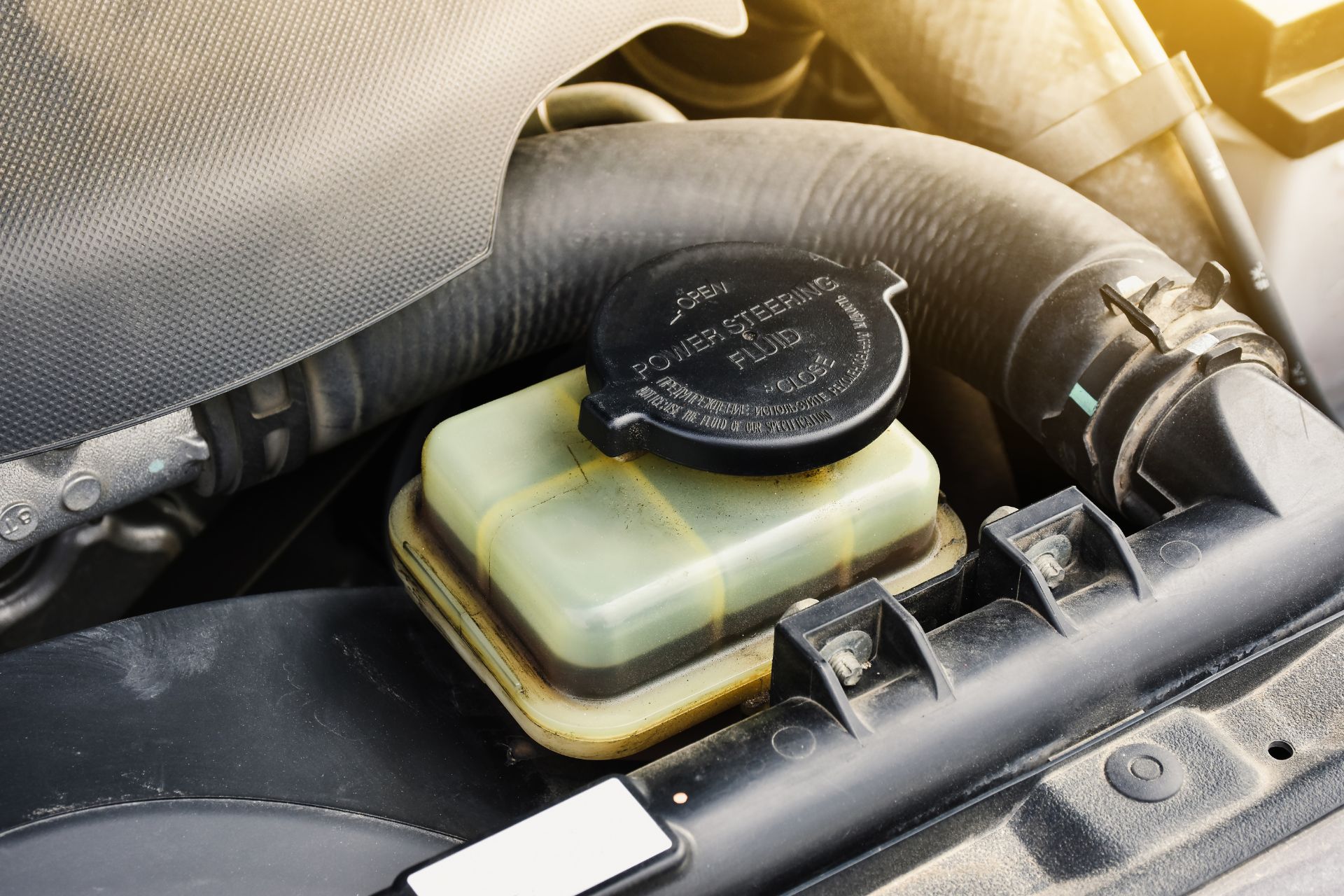Why January Feels So Tough
January often feels like a challenging month for many. After the holiday festivities, the reality of credit card bills, colder weather, and the need for car maintenance can create a sense of overwhelm. For car owners, this time of year brings unique challenges, including ensuring their vehicles are road-ready despite the harsh winter conditions. Let’s explore how tackling car maintenance and managing credit card payments can help you beat the January blues.
Understanding the Impact of the Holidays on Your Finances
The holiday season is notorious for stretching budgets thin. Gifts, travel expenses, and celebratory meals can lead to a financial hangover in January. When credit card bills start rolling in, it’s easy to feel stressed. Prioritizing payments and creating a realistic budget for the new year can help you regain control.
However, one expense that should never be overlooked is car maintenance. Neglecting your vehicle during winter can lead to costly repairs down the road, further straining your finances.
Why Winter Car Maintenance Is Essential
Winter conditions in Canada are tough on vehicles. Snow, ice, and freezing temperatures can affect everything from your tires to your engine. Ensuring your car is in top shape not only enhances safety but also prevents long-term damage. Key areas to focus on include:
- Tires: Proper winter tires are essential for navigating icy roads. Ensure they have adequate tread depth and are inflated to the recommended pressure.
- Battery: Cold weather can drain your car’s battery. A quick test can determine if it’s time for a replacement.
- Fluids: Check your antifreeze, windshield washer fluid, and oil levels. Using winter-grade fluids ensures optimal performance.
- Brakes: Icy roads demand responsive brakes. Have them inspected to ensure they’re in good condition.
The Connection Between Car Maintenance and Financial Planning
Investing in car maintenance might seem counterintuitive when you’re trying to manage credit card payments, but it’s a smart financial decision. Addressing minor issues early can prevent costly repairs later. For instance, replacing worn tires is far less expensive than dealing with an accident caused by poor traction.
By including car maintenance in your monthly budget, you can spread out the costs and avoid unexpected financial strain.
Simple Steps to Manage Credit Card Payments in January
Dealing with post-holiday credit card debt can feel overwhelming, but breaking it down into manageable steps can help:
- Prioritize High-Interest Debt: Focus on paying off cards with the highest interest rates first to save money in the long run.
- Create a Payment Plan: Determine how much you can allocate toward debt repayment each month and stick to it.
- Avoid New Debt: Resist the temptation to use credit cards for non-essential purchases.
- Set Financial Goals: Establish clear savings goals for the year, including a car maintenance fund.
By taking control of your finances, you’ll feel more empowered to handle other responsibilities, such as keeping your car in excellent condition.
How Regular Car Maintenance Saves Money
Regular car maintenance is not just about safety; it’s a cost-saving strategy. Here’s how:
- Improved Fuel Efficiency: A well-maintained car uses fuel more efficiently, saving you money at the pump.
- Extended Lifespan: Routine checks and timely repairs can extend the life of your vehicle, delaying the need for a costly replacement.
- Reduced Emergency Repairs: Preventative maintenance helps catch issues before they become major problems, saving you from expensive emergency repairs.
Tips for Winter Car Care on a Budget
Maintaining your car doesn’t have to break the bank. Here are some budget-friendly tips:
- DIY Basics: Learn to check tire pressure, oil levels, and fluid levels yourself.
- Shop Smart: Look for discounts on essential services like oil changes and tire rotations.
- Bundle Services: Many auto shops offer package deals for winter maintenance.
- Schedule Regular Inspections: Preventative care is always cheaper than emergency fixes.
Staying Safe on Winter Roads
In addition to maintenance, safe driving habits are crucial during winter. Reduce your speed, maintain a safe distance from other vehicles, and keep an emergency kit in your car. These precautions can help you avoid accidents and the associated costs.
Start the Year Right with a Maintenance Checklist
A comprehensive maintenance checklist can help you stay on top of your car’s needs. Include the following:
- Tire inspection and rotation
- Brake system check
- Battery test
- Fluid level check and top-up
- Heating and defrosting system inspection
Completing this checklist in January sets the tone for a year of safe and worry-free driving.
Why Choose TrilliTires for Your Car Maintenance Needs
At TrilliTires in Richmond Hill, we understand the importance of reliable car maintenance, especially during winter. Our team of experts is dedicated to keeping your vehicle in peak condition. From tire replacements to comprehensive inspections, we offer a range of services tailored to your needs.
January may bring its challenges, but with smart financial planning and proactive car maintenance, you can start the year on the right foot. Addressing your vehicle’s needs now not only ensures your safety on the road but also saves you money in the long run
Contact TrilliTires in Richmond Hill today and let us help you keep your car running smoothly all winter long.





